by Avis Licht
In Northern California we’re experiencing a record breaking drought this winter. The rainy season isn’t over – yet, but there is no rain forecast for the rest of January, and reservoirs and streams are very low.
There are a few simple and easy steps you can take to prepare your garden for drought conditions. And you should start as soon as possible.
1. Cover your exposed soil with mulch or compost. By covering your soil, you allow rain, when and if it comes, to penetrate into the soil and not run off. There are many kinds of mulch for different conditions. Please read this post to find out more about which mulch is the right one for your garden.
Sheet mulching is an excellent method to turn water hungry lawn into efficient, beautiful and water conserving plantings. Please read my description of sheet mulching here.
2. Check your irrigation system for leaks. Every year your system needs to be checked. Digging in the beds, gophers, raccoons, plants, freezing weather: all can break or loosen your irrigation pipes and cause leaks. Those leaks can lose LOTS of water. Please read this great article by Robert Kourik – drip irrigation expert.
3. Container planting produces great crops with very little water. You might want to consider planting in pots and containers for certain crops. You can control water use easily and get your food and flowers easily. Read here for more about container planting.
4.Convert high water use plants to native plants. There are many beautiful native plants that can serve the same purpose as your water hungry plants. Winter is a good time to do that planting. Here are a few ideas for native plants in this post: California Native Plants
5 Responses to “How to Prepare Your Edible Garden for Drought”
Sorry, the comment form is closed at this time.

 Follow
Follow

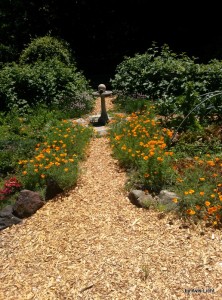
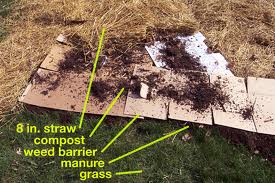
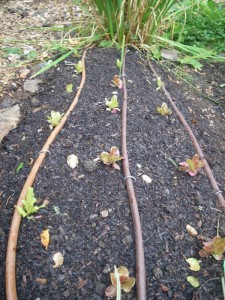

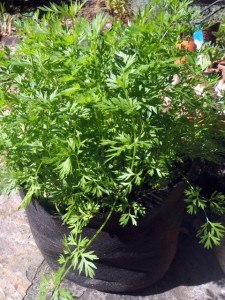
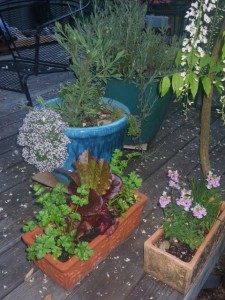
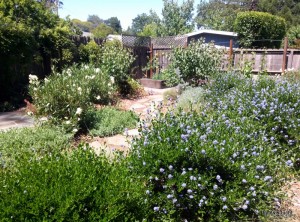
Sounds like you might be heading toward the same hot, dry summer we just had here in Melbourne. I wish I had been more prepared! If you haven’t had any rain for a while and the water doesn’t easily penetrate the soil, you might like to consider adding a liquid soil wetting agent. Just mix it with water in a watering can and water around the base of each plant. This allows the water to penetrate to the sub-structure of the soil and makes for much more efficient watering.
Hi Annette, Thanks for pointing out the usefulness of wetting agents. I will soon put up a post about how to use them. Great suggestion. It’s still amazing to me that folks as far away as you in Australia can find my blog. Don’t you love the internet?
Avis
I was jut wondering this morning as I was reading the Master Gardner article in the IJ . . . when are they going to talk about the drought???! Yeah for Avis! Great suggestions!
Thanks for the ideas, but mostly thanks for looking after the environment.
Thanks for the idea. I’m adding dry leaves to my soggy mulch and will compost this weekend.